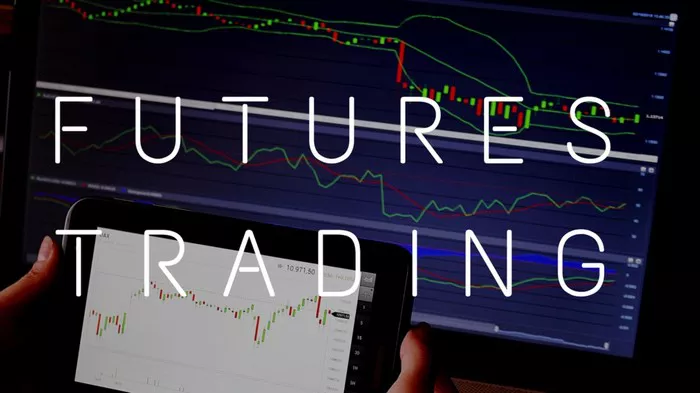Futures investment, a derivative financial instrument, has garnered significant attention from investors seeking to diversify their portfolios and potentially amplify returns. It allows traders to speculate on the future price movements of assets such as commodities, currencies, stocks, and indices. However, like any investment vehicle, futures trading carries its own set of advantages, risks, and complexities that warrant careful consideration.
Advantages and Attractions:
1. Leverage: Futures contracts typically require only a fraction of the total contract value as margin, allowing investors to control a larger position with a smaller initial investment.
2. Hedging: Futures provide a means for hedging against adverse price movements in underlying assets, thereby mitigating risk for producers, consumers, and investors.
3. Diversification: Futures markets offer exposure to a wide range of asset classes, enabling investors to diversify their portfolios beyond traditional stocks and bonds.
4. Liquidity: Futures markets are often highly liquid, facilitating efficient price discovery and ease of entry and exit for traders.
5. Potential for Profits: Skilled traders can capitalize on short-term price movements and market inefficiencies to generate substantial profits.
Risks and Challenges:
1. Leverage Risk: While leverage magnifies potential gains, it also amplifies losses, leading to significant financial exposure and potential margin calls.
2. Market Volatility: Futures markets can be highly volatile, subject to sudden price swings influenced by economic, geopolitical, and other factors.
3. Counterparty Risk: Futures contracts are obligations between two parties, and the default of a counterparty can result in financial loss.
4. Complexity: Futures trading involves understanding complex financial instruments, market dynamics, and risk management strategies, which can pose challenges for novice investors.
5. Regulatory Risks: Changes in regulatory frameworks or government policies can impact futures markets, affecting trading conditions and profitability.
Suitability and Risk Tolerance: Futures trading may be suitable for investors with a high risk tolerance, sufficient capital, and a deep understanding of market dynamics. It is not recommended for inexperienced or risk-averse investors due to its speculative nature and potential for significant losses.
Investment Strategies and Techniques:
1. Risk Management: Implementing robust risk management techniques, such as setting stop-loss orders and diversifying across multiple assets, is crucial for mitigating losses in futures trading.
2. Technical Analysis: Utilizing technical indicators and chart patterns can help identify potential entry and exit points based on price trends and market behavior.
3. Fundamental Analysis: Assessing underlying supply-demand dynamics, economic indicators, and geopolitical events can provide valuable insights into future price movements.
4. Backtesting and Simulation: Testing trading strategies using historical data and simulation tools can help refine approaches and improve performance over time.
Expert Opinions and Suggestions:
Experts advise investors to approach futures trading with caution, emphasizing the importance of education, discipline, and risk management. While futures offer opportunities for profit, they also entail significant risks that require careful consideration and preparation.
Conclusions and Summaries:
Futures investment can be a viable option for experienced traders seeking to diversify their portfolios and capitalize on market opportunities. However, it requires a thorough understanding of market dynamics, disciplined risk management, and a willingness to accept the inherent risks involved.
In conclusion, while futures investment offers opportunities for profit and portfolio diversification, it is not without risks. Investors should approach futures trading with caution, educate themselves thoroughly, and employ prudent risk management strategies to navigate the complexities of the futures markets effectively.


